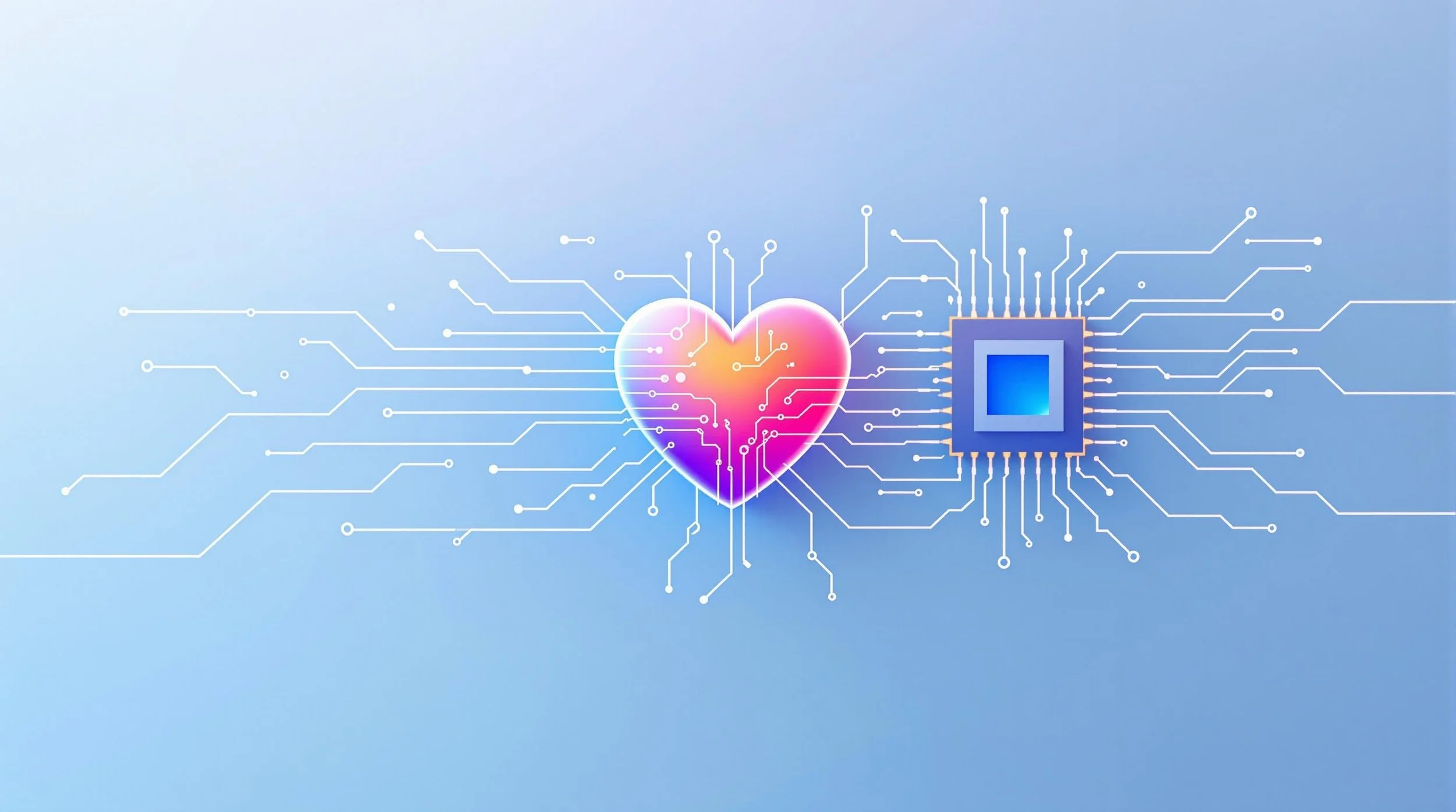The Human-AI Partnership That Actually Works: Why Empathy Can't Be Automated (And Shouldn't Be)
After fifteen years of building products across healthcare systems, manufacturing floors, and tech startups, I've learned something that might surprise you: the more AI capabilities we add to our toolkit, the more human we need to become.
I know, I know. That sounds like Silicon Valley buzzword bingo. But hear me out.
The Empathy Gap We're Not Talking About
Last month, I watched a product team demo their new AI-powered patient intake system. The technology was impressive—natural language processing, predictive analytics, the works. But when they showed how it categorized a patient's anxiety about an upcoming procedure as "low priority emotional data," I realized we had a problem.
The AI was technically correct. Anxiety doesn't directly impact treatment protocols. But anyone who's sat in a waiting room knows that emotional state absolutely impacts everything from treatment compliance to recovery outcomes. The gap between what our algorithms optimize for and what humans actually need is where products either soar or crash.
What I've Learned About Human-Centered AI
Here's the thing about combining empathy with AI—it's not about making our algorithms more "human-like." It's about being more intentionally human in how we deploy them.
Start with the human story, not the data story. When building predictive systems, I've learned to spend time with the people who will actually use them. Understanding their daily frustrations, their expertise, their professional pride matters more than starting with sensor data or analytics. AI becomes a tool that amplifies human knowledge rather than replacing it.
Design for emotional context, not just functional outcomes. Users aren't just trying to complete tasks—they're managing stress, building confidence, seeking reassurance. A system that reduces steps is nice. One that also reduces the anxiety of navigating an unfamiliar process? That's transformative.
Make AI decisions transparent and questionable. Too many products feel like black boxes. Users should understand why the system is suggesting something and feel empowered to push back when their lived experience says otherwise.
The Questions That Keep Me Up at Night
As product leaders, we need to get comfortable asking uncomfortable questions:
Are we solving problems our users actually have, or problems our data suggests they should have?
When our AI disagrees with human intuition, how do we decide who's right?
What happens to institutional knowledge when we automate away the human expertise that created it?
These aren't just philosophical puzzles. They're product decisions that impact real people's lives and livelihoods.
Getting the Balance Right
The most successful AI-enhanced products I've worked on follow a few key principles:
AI handles the heavy lifting, humans handle the nuance. Let algorithms crunch through thousands of data points to surface patterns. Let humans interpret what those patterns mean for specific situations and relationships.
Default to human agency. AI should expand options and provide insights, not narrow choices or make decisions without human input. Even when the AI is probably right, people need to feel in control of outcomes that affect them.
Build feedback loops that actually loop back. Create mechanisms for human expertise to continuously inform and improve your AI systems. The experienced professional who's worked in their field for decades knows things your data doesn't capture.
The Messy, Beautiful Reality
Here's what I wish someone had told me when I first started thinking about AI in product development: it's not about finding the perfect balance between human and artificial intelligence. It's about creating products where they amplify each other's strengths.
The best implementations I've seen use AI for administrative heavy lifting while preserving human judgment for nuanced decisions. They flag important context for human follow-up rather than trying to handle everything algorithmically.
Is this messier than fully automated systems? Absolutely. Is it better at actually serving users? Without question.
What This Means for How We Build
As we shape the next generation of products, our job isn't to choose between human empathy and AI efficiency. It's to design systems where they work together seamlessly.
That means involving real users early and often—not just in usability testing, but in defining what problems we're trying to solve. It means building teams that include both technical expertise and deep domain knowledge. It means measuring success not just in computational metrics, but in human outcomes.
Most importantly, it means remembering that behind every data point is a person trying to solve a real problem in their real life. Our products should honor both the data and the human story it represents.
The future of product development isn't human versus AI. It's human with AI, thoughtfully designed and empathetically deployed. And honestly? That future looks pretty exciting.
What's your experience been with balancing human needs and AI capabilities in product development? I'd love to hear about the challenges and breakthroughs you've encountered.
